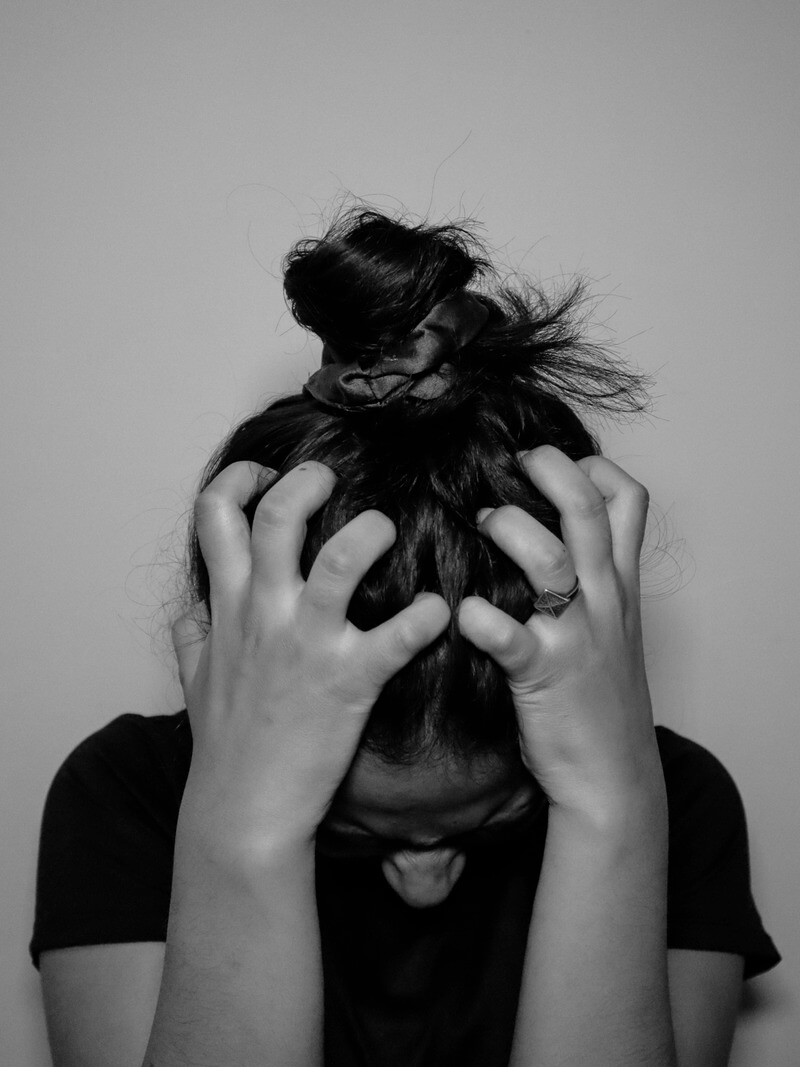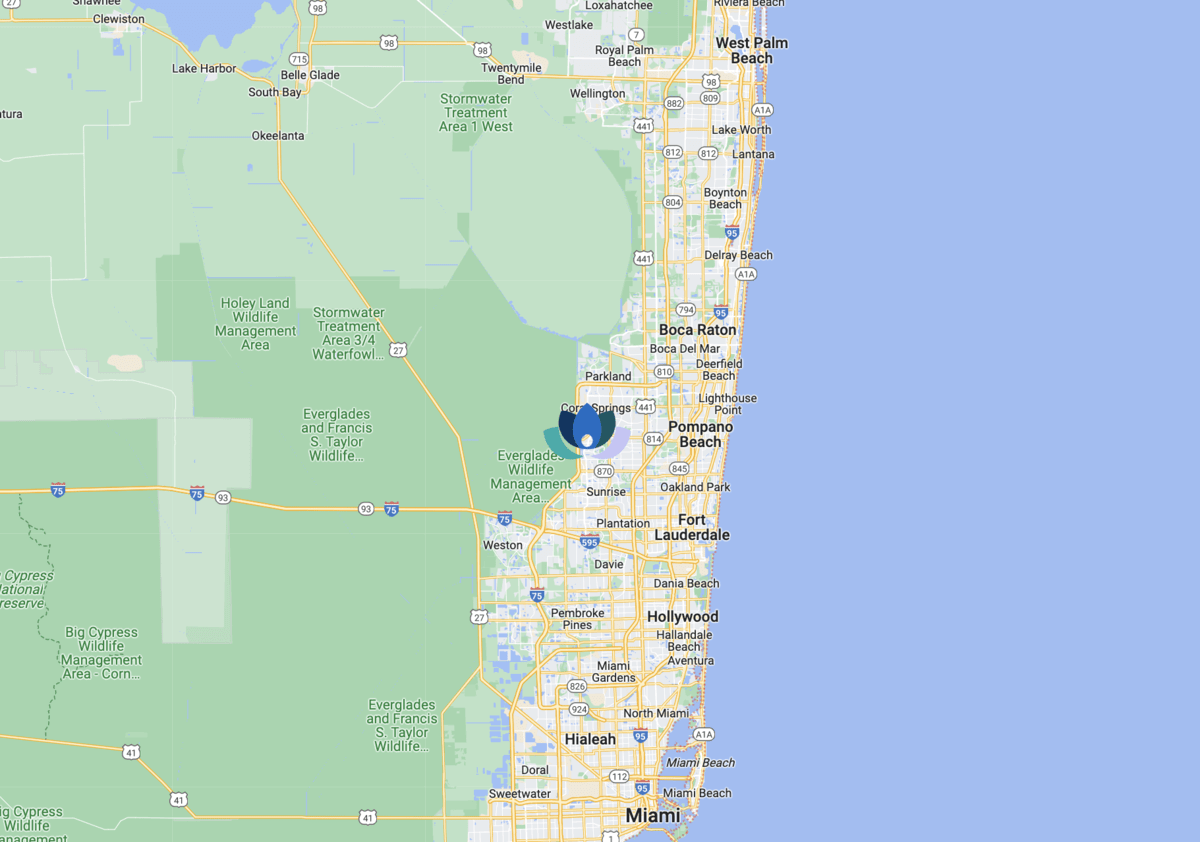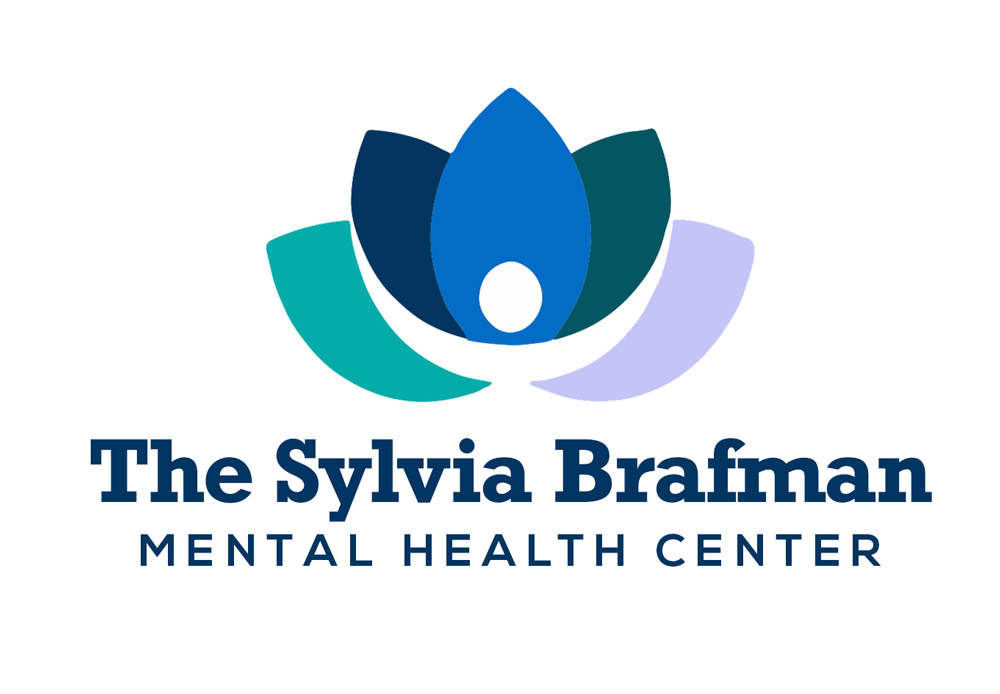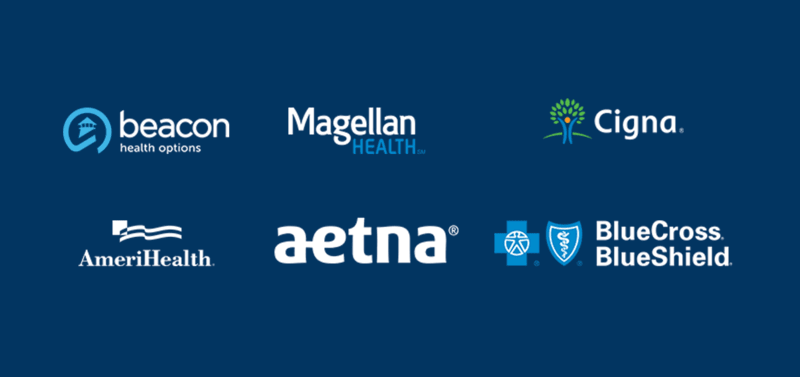Panic Attack Medication Over The Counter
When it comes to over-the-counter (OTC) options for managing panic attacks, there are several supplements and medications to consider. However, while these options may provide some relief for mild symptoms, they are not typically recommended as primary treatments for panic disorder. They may not be as effective as prescription medications or therapy, and discussing with your doctor is always advised.
Antihistamines such as diphenhydramine (commonly known as Benadryl) are sometimes used for their sedative effects and may help alleviate mild anxiety or promote sleep. However, they are not explicitly indicated for panic attacks and may cause drowsiness or other side effects.
Herbal supplements like kava, passionflower, and valerian root have been studied for their potential anxiolytic (anxiety-reducing) effects. While some individuals may find these supplements helpful for managing anxiety symptoms, the evidence for their efficacy in treating panic attacks is limited. More research is needed to confirm their safety and effectiveness.
Magnesium supplements are often promoted for their calming effects on the nervous system. Some research suggests that magnesium deficiency may be associated with anxiety symptoms, and supplementation may help alleviate anxiety-related symptoms in some individuals. However, more research is needed to determine the role of magnesium in the treatment of panic attacks specifically.
L-theanine is an amino acid found in green tea. It has been studied for its potential calming effects, and some research suggests that L-theanine may help reduce anxiety symptoms and promote relaxation. Additional studies are needed to confirm its efficacy in panic attack relief.
Melatonin supplements are commonly used to regulate sleep-wake cycles and may help individuals with panic attacks who also have difficulty sleeping. While melatonin may promote relaxation and improve sleep quality, limited evidence supports its use specifically for panic attacks.
Overall, while these OTC options may provide some relief for mild anxiety symptoms, they are not typically recommended as primary treatments for panic attacks but are more supplementary. Individuals experiencing frequent or severe panic attacks should seek evaluation and treatment from a healthcare provider, who can recommend appropriate medications and therapies based on their individual needs and medical history. Call 877-958-9212 to schedule a free assessment today.












